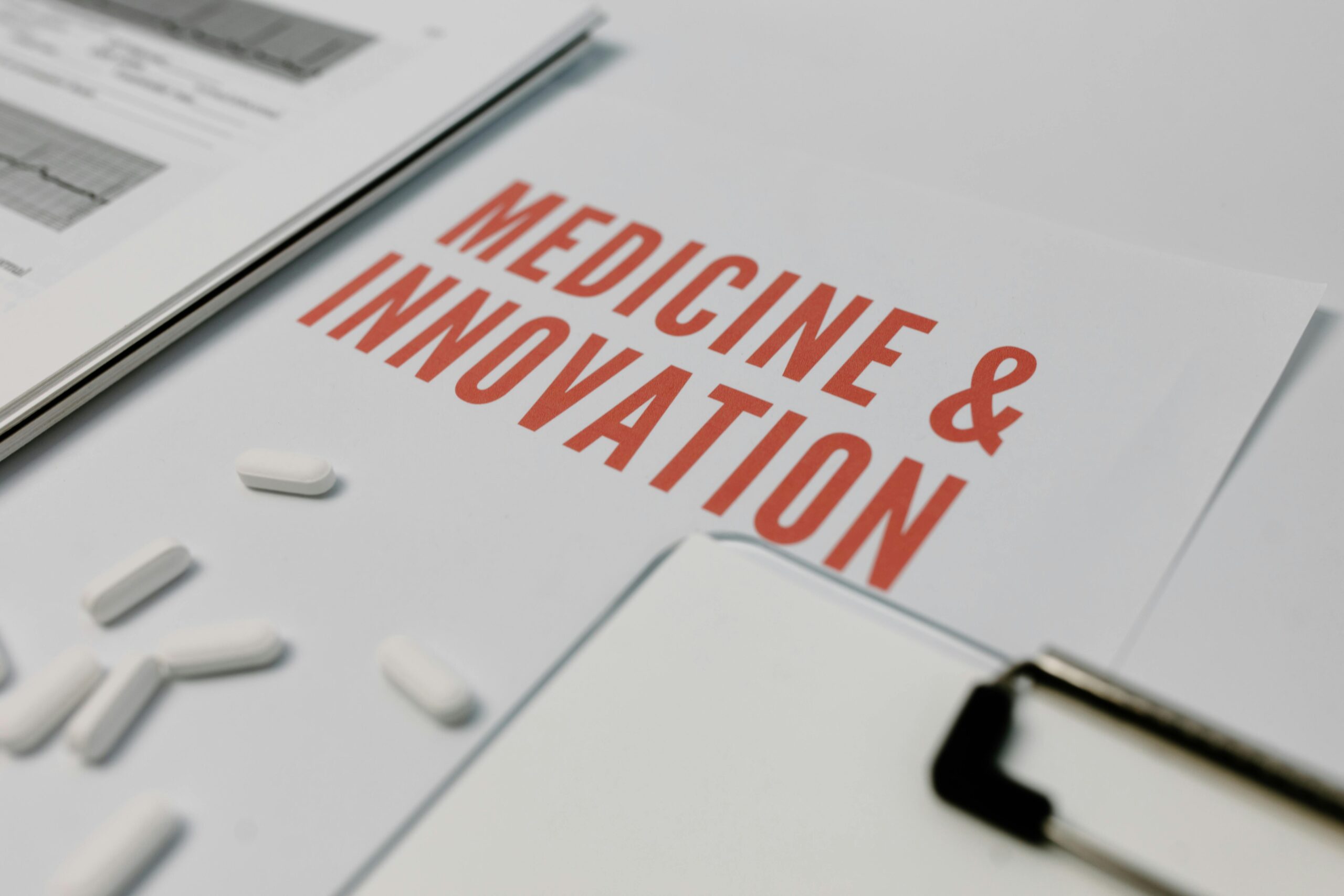Psychiatry is an interesting medical specialty that focuses on diagnosing, treating and preventing various mental disorders, which affect mood, cognition, perception and behavior. A psychiatry clerkship is a critical part of medical education that helps students build foundational skills in diagnosing and treating mental health conditions. During psychiatry clerkship rotations, students gain hands-on experience and build clinical skills necessary for a successful career in psychiatry.
Psychiatrists treat mental health problems using medications and therapeutic treatments, known as psychotherapy. Clinical rotations in psychiatry allow students to evaluate a patient’s symptoms, learn about the therapeutic approaches, challenges, and responsibilities that psychiatrists face in a clinical setting.
Students are required to complete a psychiatry clerkship in order to pursue an MD degree and become a psychiatrist. If you are about to start your clinical rotation, here are some easy tips that will help you ace your clinical clerkship in psychiatry.
What You’ll Learn in Psychiatry Rotations?
Psychiatry involves the diagnosis, treatment, and prevention of mental health conditions such as depression, anxiety, schizophrenia, bipolar disorder, and substance abuse disorders. A psychiatry clerkship is considered as the self-encapsulated discipline that requires students to complete 4-6 weeks in inpatient, outpatient settings, or a combination of both.
Clinical rotations in psychiatry allow students to work with psychologists, nurses, and occupational therapists so that they can learn how to offer comprehensive patient care. From mood disorders to psychotic and personality disorders, and child, adolescent and geriatric psychiatry – you will learn about different psychiatric disorders and how to encounter all of them.
Clinical Skills You’ll Develop
Psychiatry is full of surprises; you will strengthen your theoretical knowledge and develop clinical skills that are useful not only in psychiatry but also in other medical specialties. These skills not only involve diagnosing and treating psychiatric conditions but also mastering the interpersonal and communication aspects of patient care.
- Taking a detailed psychiatric history and understanding current symptoms
- Performing a Mental Status Examination (MSE)
- Performing a physical exam and neurologic examination
- Understanding the Diagnostic and Statistical Manual of Mental Disorders (DSM)
- Develop a comprehensive case formulation
- Gain psychopharmacology knowledge
- Learn various psychotherapy techniques
The Length of a Psychiatry Rotation
WUSOM’s clinical sciences curriculum includes a psychiatry clerkship which usually takes 4-8 weeks to complete. From diagnosis to treatment planning, psychiatry clerkships offer a comprehensive overview of psychiatric conditions. The clerkship primarily takes place in an inpatient unit and outpatient clinics. Regardless of the healthcare setting, you will assess, diagnose, and develop treatment plans for patients under supervision. You observe and participate in patient rounds, case presentations, and discussions.
Types of Healthcare Settings You May Rotate Through
Clinical rotations in psychiatry allows medical students to work in inpatient and outpatient settings, including:
- Child and adolescent psychiatric facilities
- Psychiatric residential centers
- Alcohol and drug rehabilitation facilities
- Nursing homes
- Community mental health centers
- Private clinics
Your psychiatry rotation will provide you with a broad range of clinical skills, from diagnostic acumen and psychopharmacological management to effective communication and interdisciplinary teamwork. Developing these skills will lay the foundation for becoming a competent, compassionate, and well-rounded physician, whether you pursue psychiatry or any other medical specialty.
How to Ace Your Clinical Rotations in Psychiatry?
The ultimate goal of psychiatry rotations is to prepare students how to diagnose and manage mental health conditions, counsel patients, oversee therapy and evaluate treatment options. To perform outstandingly in your psychiatry clerkship, here are some tips for medical students to transform their clinical experience:
Master the Fundamentals of Psychiatric Conditions and Topics
During psychiatry rotation, you will encounter common psychiatric conditions such as major depressive disorders, bipolar disorders, personality disorders and psychotic disorders. It is advised to build a better understanding of these topics so that you can easily manage psychiatric disorders through medications and therapies.
Know Psychopharmacology
Once you understand the basic psychiatry concepts, it’s time to understand the major classes of psychiatric medications. Learn about different antidepressants, antipsychotics, mood stabilizers, recreational drugs and how they can treat mental and behavioral disorders. Psychiatric medications are tested on your rotations and shelf exams, so know different drugs categories, the mechanism of action, their side effects, and their indications.
Learn the Mental Status Examination (MSE)
The MSE is a structured way of assessing the patient’s cognitive and emotional functioning. During clinical rotation in psychiatry, you will get the opportunity to perform a mental status exam by having a conversation with the patient by asking a few questions. Familiarize yourself with how to conduct a mental status exam and what to look for in different areas of mental health. The MSE includes an objective evaluation of the appearance, behavior, speech, mood, thought process, and cognition. This mental status exam is important for psychiatric diagnosis and helps you understand various treatment options.
Psychiatry Clerkship Resources
To excel during your psychiatry clerkship and better understand the core concepts, it’s helpful to use a variety of learning resources. From textbooks and online courses to clinical tools and interactive content—you can enhance your learning with a variety of clerkship resources. Psychiatry learning resources are useful for quickly referencing psychiatric medications and their indications, dosages, side effects, and drug interactions.
For instance, the Diagnostic and Statistical Manual of Mental Disorders, 5th Edition (DSM-5), is the authoritative guide for psychiatric diagnoses. It classifies mental health disorders based on clinical symptoms. Familiarity with these diagnostic criteria is essential to make the most out of your psychiatry clerkship. Take the pocket version of DSM-5 with you during rounds for better clarity.
Conclusion
Clinical rotations in psychiatry are an essential part of medical training, especially for those pursuing a career in psychiatry or a related field. Psychiatry rotations give you a great opportunity to bridge the gap between theoretical knowledge acquired during basic sciences years and apply this knowledge to provide real-world psychiatric care. So, gear up for your psychiatry rotations and step into a rewarding medical career.







